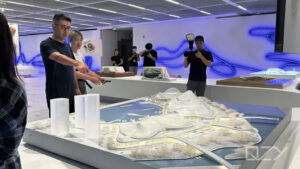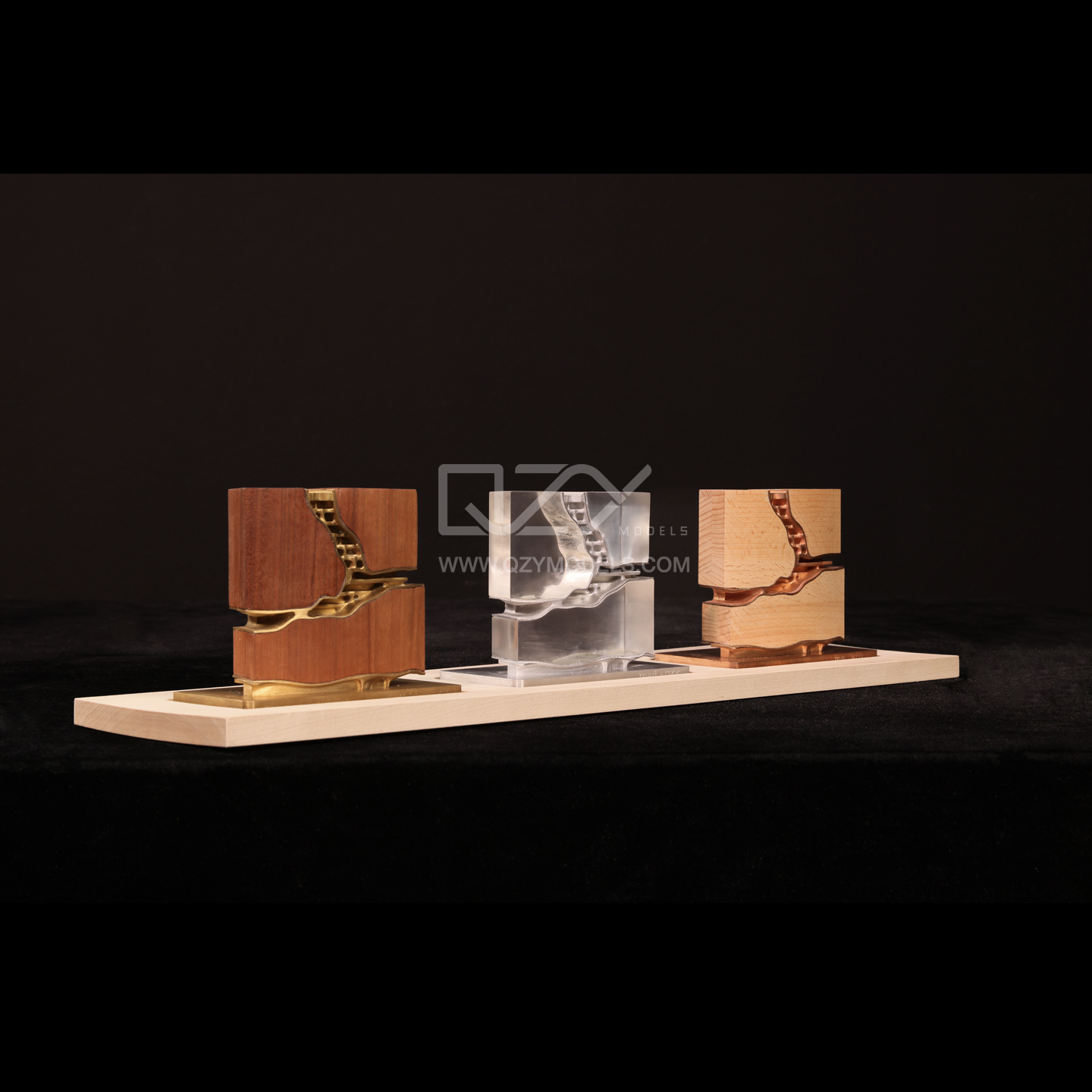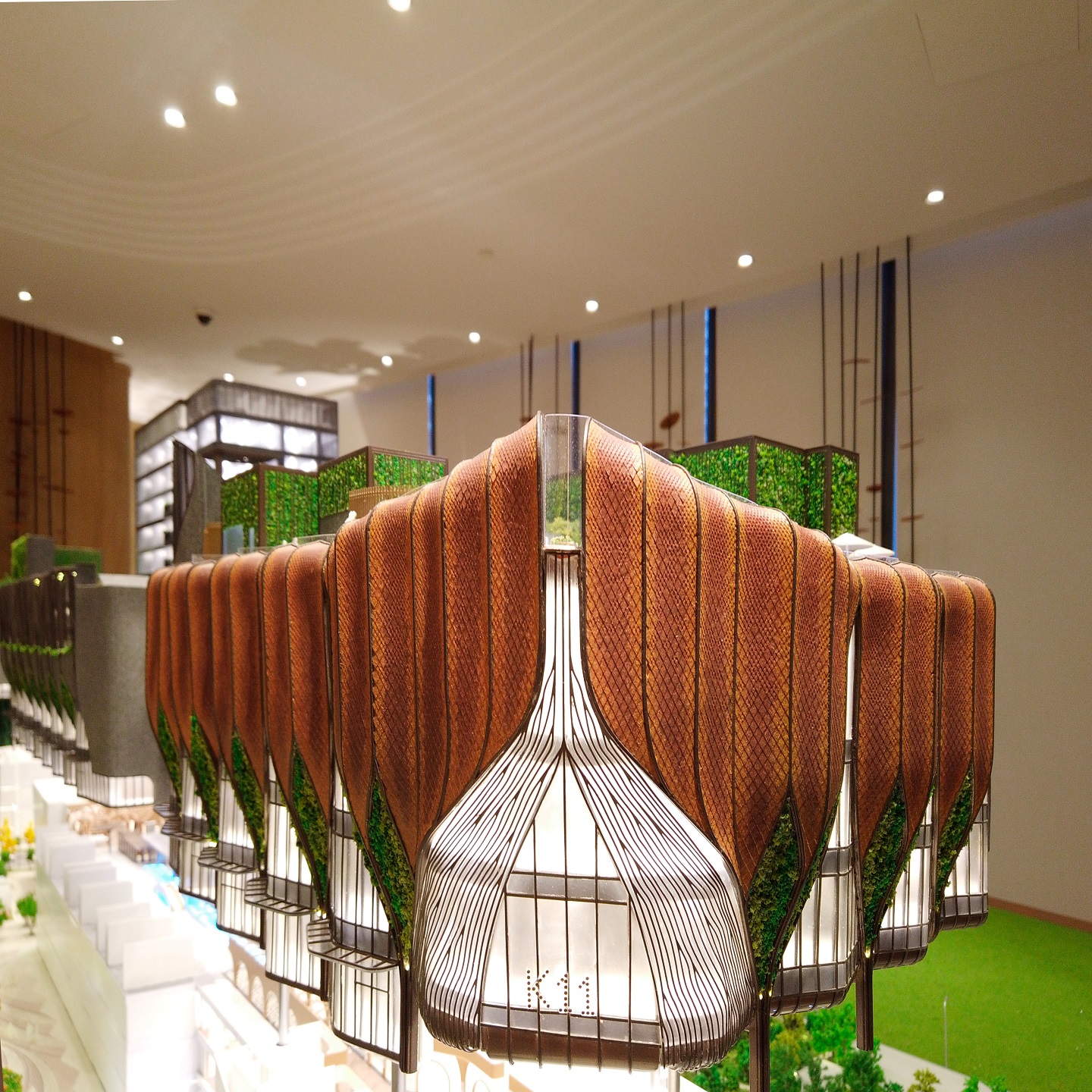In the dynamic realm of architecture, the craft of building construction models serves as a crucial bridge between visionary designs and the practical realities of construction. Distinct from generic building models, these specialized representations focus on conveying the intricate details of architectural construction. This comprehensive article delves into various facets of building construction models, exploring their role in modeling skills development, presenting construction scenarios, and their significance in education and research.
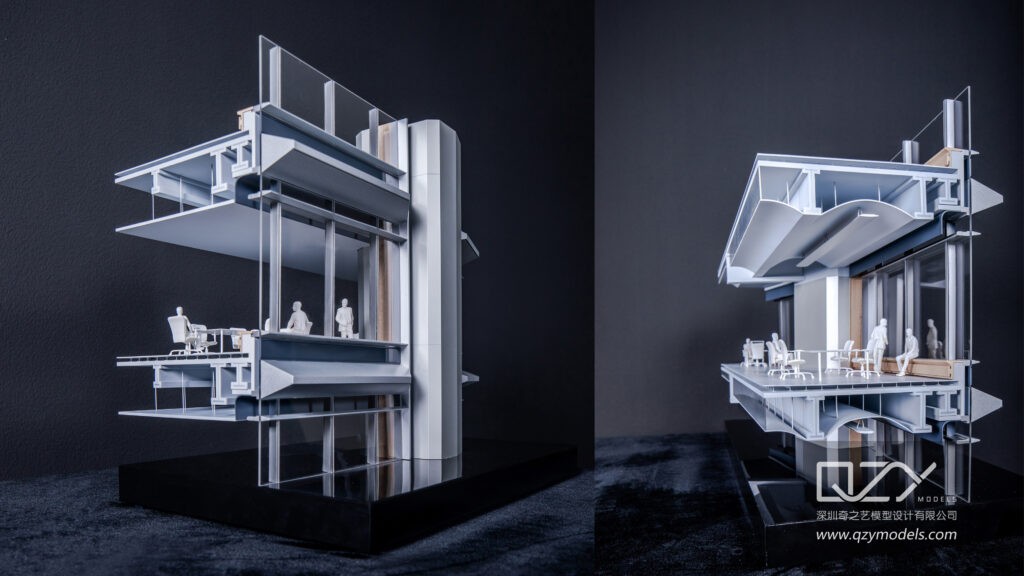
I. The Unique Purpose of Building Construction Models
A. Definition and Distinction:
Building construction models, in their specificity, diverge from generic building models. They are tailored to emphasize construction details, offering a tangible preview of how architectural designs will materialize in the physical realm. This distinction underscores their practical role in communicating the intricacies of construction processes.
B. Necessity in Planning:
These models play a crucial role in the planning phase, allowing architects and stakeholders to visualize construction details before breaking ground. They provide a tangible and accessible means to assess the feasibility of construction elements, ensuring a comprehensive understanding of the proposed architectural endeavor.
II. Crafting Architectural Construction Details
A. Structural Representation:
The artistry of building construction models lies in their ability to represent structural elements with precision. This includes detailing foundations, load-bearing structures, and other architectural features critical to the integrity of the construction.
B. Material Realism:
Crafting realistic material representations is a key aspect of building construction models. From concrete and steel to glass and wood, the model’s fidelity in replicating materials contributes to a comprehensive understanding of the building’s construction aesthetic.
C. Sequential Construction Process:
Building construction models excel in illustrating the sequential steps of the construction process. Through carefully designed stages, these models offer a visual narrative of how the structure will evolve from foundation to completion, aiding in both planning and communication.
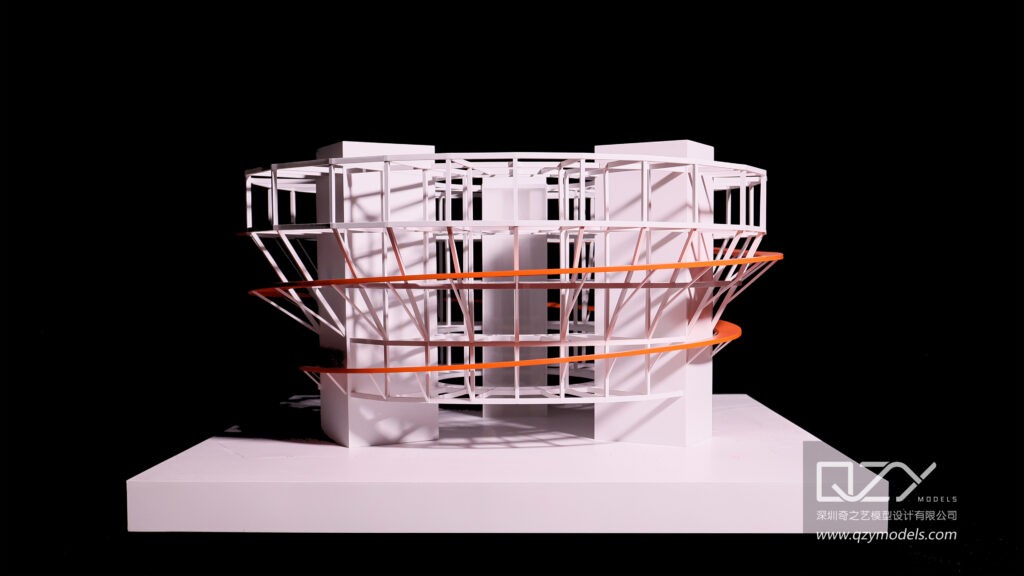
III. Building Construction Models in Education
A. Enhancing Learning Experiences:
Building construction models play a pivotal role in architectural education. Students benefit from hands-on experience in crafting these models, developing essential skills in scaling, detailing, and understanding construction processes. The tactile nature of physical models provides a unique learning experience that complements theoretical knowledge.
B. Bridging Theory and Practice:
For students and educators alike, building construction models serve as a tangible bridge between theoretical concepts and practical application. They offer a platform for students to translate design ideas into physical form, fostering a deeper understanding of construction principles and spatial relationships. This experiential learning approach enhances the overall architectural education curriculum.
IV. Research Applications of Building Construction Models
A. Simulation for Research:
Building construction models find application in research scenarios, serving as tangible simulations for testing construction hypotheses and methodologies. Researchers can use these models to study the impact of different construction sequences, materials, and design variations on the overall project outcome. The models become valuable tools for evidence-based research in the field of architecture and construction.
B. Prototyping and Innovation:
Researchers leverage building construction models as prototypes for innovative construction techniques and materials. These models provide a tangible platform for testing and refining new ideas, contributing to advancements in construction practices. The iterative nature of model-making allows researchers to experiment and push the boundaries of traditional construction methods.
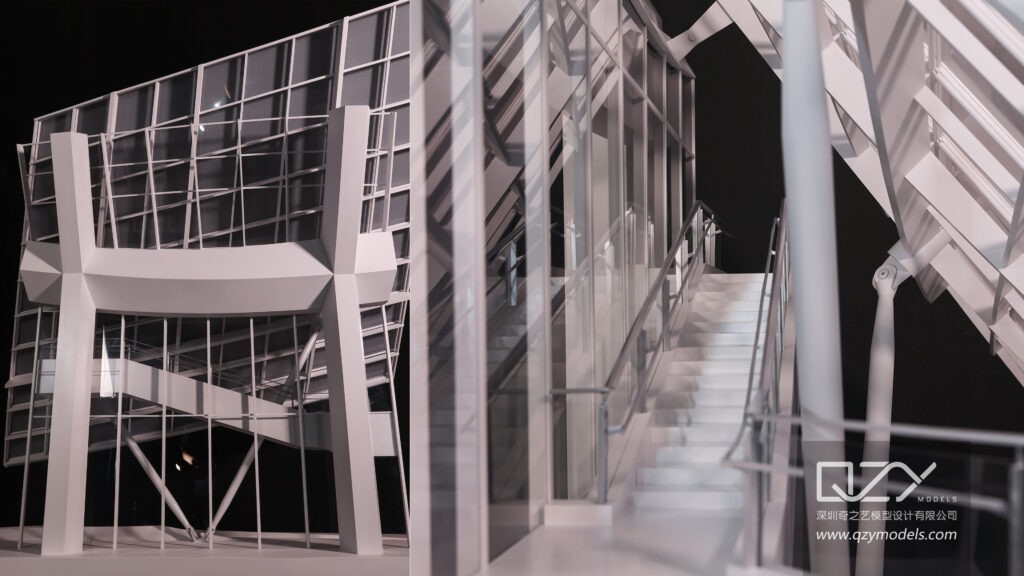
V. Future Frontiers and Technological Advancements
A. Virtual Reality and Augmented Reality Integration:
The future of building construction models involves increased integration of virtual reality (VR) and augmented reality (AR) technologies. Stakeholders can immerse themselves in virtual construction scenarios, gaining a more realistic and interactive understanding of the project. This technological leap enhances communication and decision-making processes in the construction industry.
B. Sustainable Practices in Model-Making:
As sustainability gains prominence in architecture, building construction models may witness a shift towards more eco-friendly materials and practices. Sustainable model-making aligns with the broader industry trend towards environmentally conscious design and construction.
Building construction models, with their emphasis on precision, sequential storytelling, and educational applications, serve as indispensable tools in the architecture and construction landscape. From honing modeling skills to presenting real-world construction scenarios, these models contribute to a holistic understanding of the construction process. As technology continues to evolve and education and research applications expand, the future of building construction models holds exciting possibilities, solidifying their role as invaluable assets in shaping the future of architecture.
Discovering the World Through Miniatures – About Us
QZY Models, founded in 2013 in Shenzhen, China, is a leading professional team specializing in the design and production of customized physical models. Rooted in the architecture industry, QZY Models caters to diverse model production needs, ranging from furniture, interior design, architectural landscape, to urban planning. Moreover, we are continuously exploring various fields, including dynamic mechanical models, industrial equipment displays, scientific and technological principle displays, and exhibition displays, to create a diverse model service ecosystem.
Since commencing our independent business in 2013 and establishing our base in Shenzhen, ensuring quality has always remained our top priority. We have forged strong collaborations with renowned companies in over ten countries, such as the United Kingdom, the United States, Canada, and Singapore. Our completed projects span across China, the United Arab Emirates, Saudi Arabia, Egypt, Poland, Morocco, Ethiopia, and other countries. Presently, QZY Models has established branches or offices in Egypt, Morocco, Saudi Arabia, Lebanon, Italy, the Netherlands, and other locations, firmly committed to serving global customers.
For more information, please visit our official website: www.qzymodels.com

Leading Model Maker for Realizing Your Concepts
Facebook
Twitter
Youtube
Instagram
Linkedin
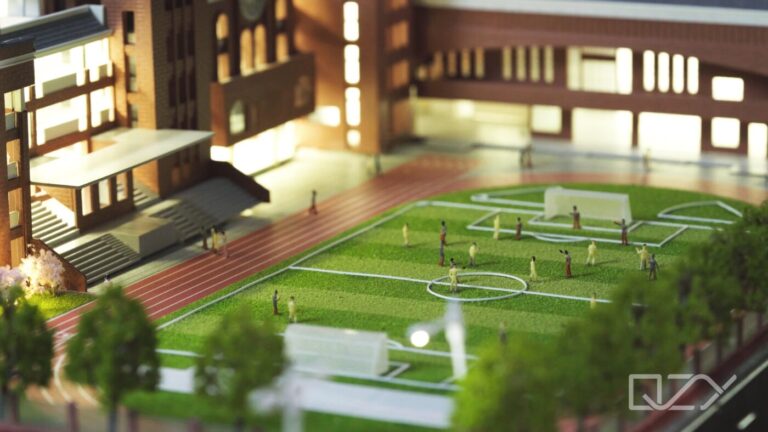
QZY Models│”Macau New Neighborhood” Comprehensive Residential Area Marketing Display Model
